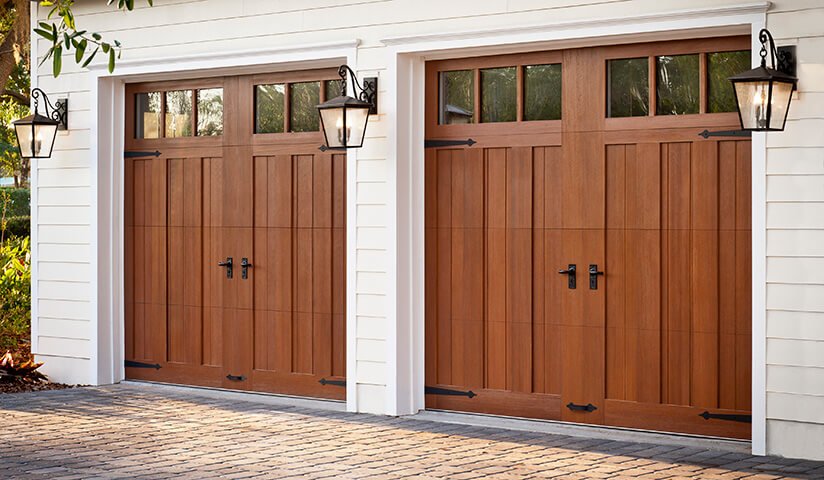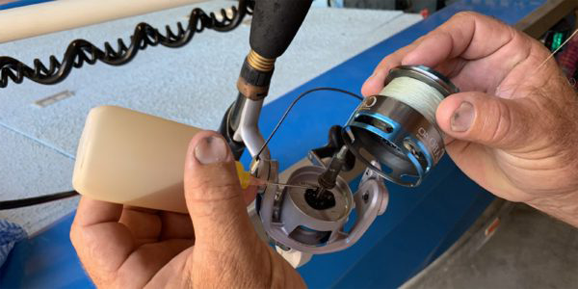6 Common Garage Door Problems (And What Can Cause Them)
RH Business Marketing Solutions
Garage doors rarely get the attention they deserve despite being one of the hardest-working systems in a home. A lot of homeowners tend to put off garage door repairs and maintenance and only realize how important it is after experiencing the consequences.
Quality garage doors add value to your home. They are an investment that pays for itself in the long run, but only if you keep them in good working condition. Otherwise, you will be spending a lot of money on garage door repair or, worse, need to replace your garage door way before it has lived out its expected lifespan.
If you want an efficient and longer-lasting garage door, you need to be aware of the most common issues that cause garage doors to malfunction and address them before they get worse.
Here are six of the most common garage door problems you need to watch out for:
1. Garage door is making loud, unusual noises.
Is your garage door making weird sounds it normally doesn’t do? These noises could indicate a number of possible underlying problems.
Most of the time, a creaking noise when opening or closing usually means that parts of your garage door are rubbing against each other and could use some lubrication. A rattling sound, on the other hand, may signify that something has gotten loose – a nut, a bolt, or some other hardware – and needs tightening.
There are also instances where the noise from your garage door is caused by a broken or worn out spring. Damaged torsion springs can make a popping sound every time the garage door is closed or opened. Replacing torsion springs, however, is very dangerous and best left to garage door professionals.
2. Garage door is lopsided or moves unevenly.
Garage doors are opened and closed dozens of times daily. This constant movement may cause the door to shift position or the tracks to become misaligned over time.
The first thing to do when dealing with an uneven or misaligned garage door is to check the tracks for rust, damage, or any debris that might be interfering with its movement. Wipe down the tracks thoroughly to make sure there’s no blockage. If this solution doesn’t work, though, it’s possible that the problem is within the spring system. A garage door specialist can help you determine the root of the issue and perform a garage door spring replacement, if needed.
3. Garage door won’t stay shut or open all the way.
Though rare, there are times when the garage door begins to move but suddenly stops working halfway. When a garage door doesn’t open or close all the way, it’s likely that the limits are off. These limits tell the door when to stop opening or closing and the motor to stop working. There should be a section in the manual on how to adjust your garage door limits.
A garage door may also fail to shut completely if there are obstructions underneath or to the photo eye sensor. If your automatic garage door reverses back up before reaching the ground, clean the photo eye sensor and make sure there’s nothing in its way. This should solve the problem in many cases but, if it doesn’t, it’s time to call in professional help.
4. Garage door opens slowly.
A sluggish garage door is usually an indication of worn-out rollers or unclean tracks. Garages tend to dry up faster in arid climates or freeze during winter, which can make it harder for the garage door to slide up or down its tracks. To prevent this from happening, wipe out the tracks and lubricate your garage door’s rollers regularly, especially during the colder and warmer seasons.
Still, it’s not always the climate that’s to blame for a garage door that’s moving at a snail’s pace. There are instances where the problem is due to door spring issues. Again, anything involving garage door springs should be handled by a professional.
5. Garage door closes too fast.
Conversely, a garage door may also close too quickly and pose a threat to safety. If your garage door slams shut as soon as you hit the remote, there’s a good chance that either the torsion spring or cables are broken.
These cables and springs are designed to control the movement and apply steady pressure on your garage door as it operates. When they become worn out or broken, the system may be unable to sense or react to obstructions in the door’s course and just close in on anything in its path. To avoid accidents or injuries, you should get a professional to repair a garage door with a broken cable or spring system right away.
6. Garage door is stuck or won’t budge.
A garage door should be able to glide freely along its tracks to protect your property and belongings, but wear and tear may cause it to get stuck or stop working altogether at least once over the course of its useful life.
Many times, a garage door may get stuck due to obstructions, track misalignment, or a broken moving part. However, if your garage door has not moved an inch since you tried to operate it, you may be dealing with a faulty garage door opener.
There are several things that could go wrong with the opener. It could be something simple like the remote needing a change of batteries or the motor unplugged from the power source. Otherwise, you could be dealing with more complex issues like a blown fuse, tripped circuit breaker, photo eye sensor issues, or severe damage that requires a garage door opener replacement.
While you may choose to tackle some of the issues mentioned above on your own, we recommend enlisting the help of a reputable garage door company for your garage door repair and replacement needs. Garage door technicians have the knowledge, skills, and equipment to fix and install garage doors safely and to manufacturer’s standards.
Professional repairs and regular maintenance will allow you to maximize the use of your garage door and save you money in the long run.
Guest Contributor: Evan Taylor














